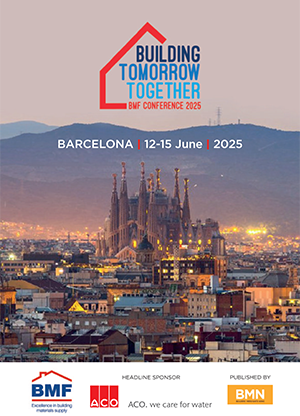Lucideon, formerly known as Ceram, has produced a generic carbon footprint report for the UK clay brick-manufacturing sector after being commissioned by the Brick Development Association (BDA).
The report, published in late 2013, is based on production data from 2011 and compares this to the 2008 data, highlighting changes in the carbon impact profile. For the most part, the report indicates that emission levels remained comparatively similar, however, the 2011 generic footprint for the UK clay brick sector was 0.252tCO2e/t (tonnes of CO2 equivalent per tonne of fired bricks) – a slight increase on the 0.244tCO2e/t of 2008.
Although a direct comparison between the 2008 and 2011 data sets would have been ideal, the economic downturn led to four of the original 12 works ceasing production before the 2011 production year. In order to maintain the number of reporting brickworks, alternative brickworks were identified as replacements. As no two brickworks are the same, it is possible that the change in sites influenced the results.
The carbon emission contributions were split into specific areas of impact: raw materials, production process, head office contribution (including company cars and business travel) and delivery to the client/building site. The findings are as follows:
- The main impact in terms of carbon emissions resulted from the production process, electricity used and fossil fuels burned in the kilns, which accounts for approximately 64% of the carbon footprint.
- At 31%, raw materials are the next highest contributor based on the emissions resulting from the presence of naturally occurring organic carbon in the clays, or through the thermal decomposition of limestone, chalk and fossils.
- Carbon emissions resulting from the transport from the factory gate to the client’s building site or merchant’s yard account for around 5% of the carbon footprint, while the head office contribution is typically less than 1% of the total carbon footprint, even when business travel is included.
Author of the report, Dr Andrew Smith, head of sustainability and construction materials, said: “The overall results appear to reflect the transition from the major production downturn in 2008/2009 and into the lower, but more stable, production levels in 2011 – approximately 30,000 tonnes lower per annum. This lower level of production would therefore appear to be ‘sub optimal’ and thus the impact from the production process appears to be the underlying cause for the increase in the overall generic carbon footprint.”






